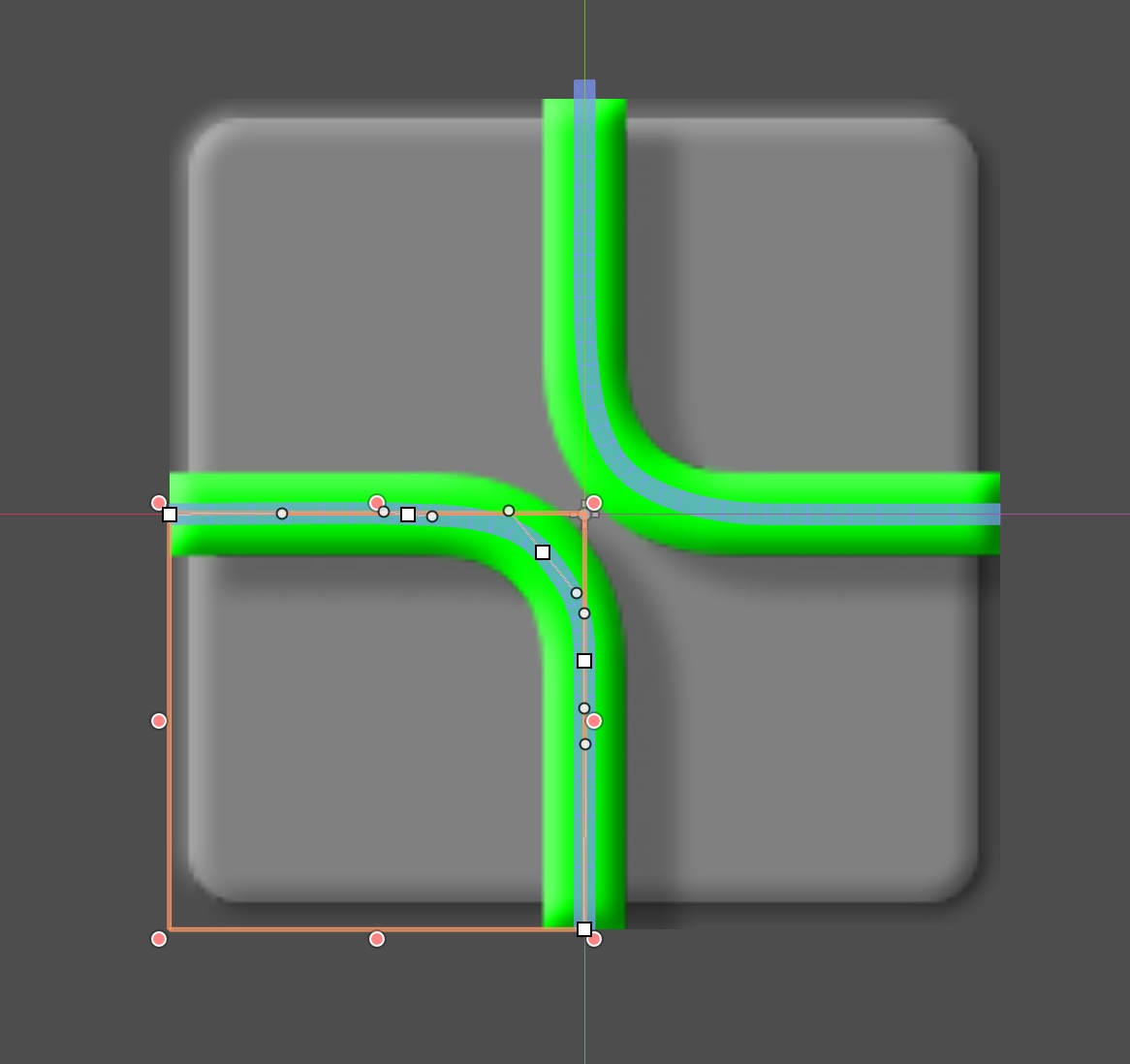Day2/3: managed to get the spark logic working, this will also be applied to water droplets when I get to those.
Not sure how it was handled in the original game, I noticed that the spark doesn’t follow the curved line in the crossover tile perfectly, so I’m guessing it’s a grid, with special case for when a corner is reached. IIRC much of this sort of thing was handled back in the day by looking at what is “underneath” the sprite in video memory and making a decision based on that, so it might look for an 8x8 that represents a corner and then change the direction of the spark sprite accordingly. Looking closely at the movement of the tiles, it appears they may move in three steps, also adding credence to the idea that they are made up of 3x3 cells.
I’ve decided to handle it differently, with the resources available to me. Instead of the spark movement being the domain of the spark or the board, it’s the domain of the tile that it happens to be on at the time. Each tile is an object with embedded logic, data driven, that defines how a spark (or droplet) entering on any of the four sides behaves. The “route” from each side is defined in terms of a bezier curve.

When the system hands control of the spark to a tile, it moves it along that curve, in tile-local space so if the tile moves, the spark moves with it, until it reaches the end, then tells the system that the spark has left the tile and informing it which side it left by. The board itself is listening for these events, as it has knowlege of which tile is in which cell position on the board. When it receives a “spark has exited a tile” event, it works out which tile, if any, it moves onto, and tells that one that it now has control over the spark, and which side it entered from.
To my mind, this is a more object oriented approach to the problem, the tile knows how a spark, or droplet, should behave when it’s traveling on its tracks, so it should be up to the tile to control that, not the board, neatly isolating the knowledge where it ought to be.
As you can see below, this works quite nicely so far, the spark moves with the tile, the board is aware when a spark exiting a tile would put it in the space or at the edge of the board, something the tile itself doesn’t know, nor need to, so the board can take the appropriate action and bounce it back into the tile from whence it came.
Up next, bombs…


